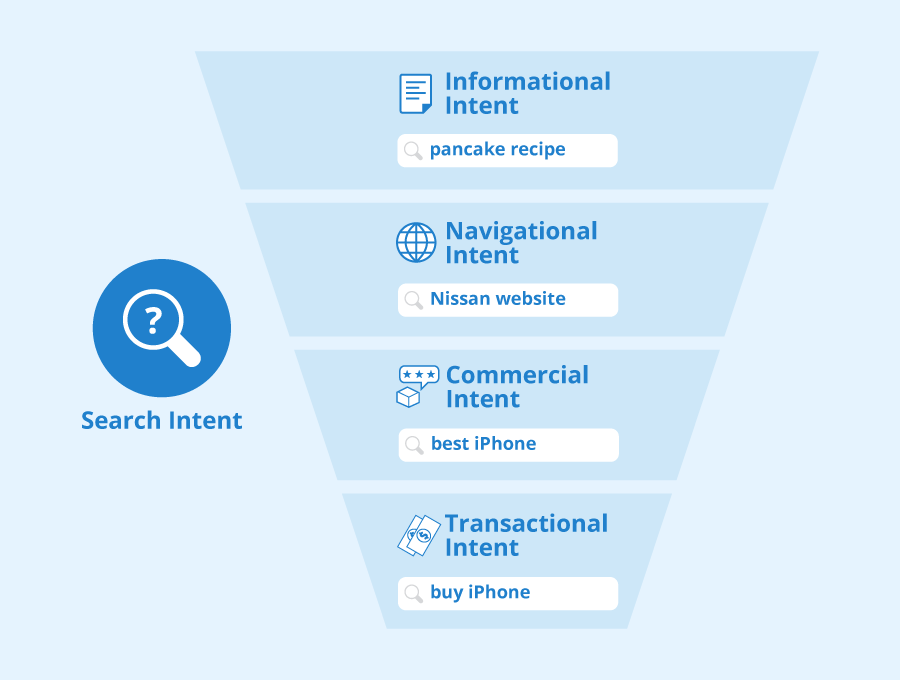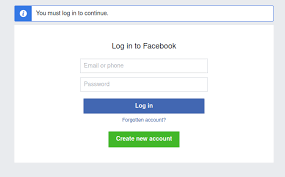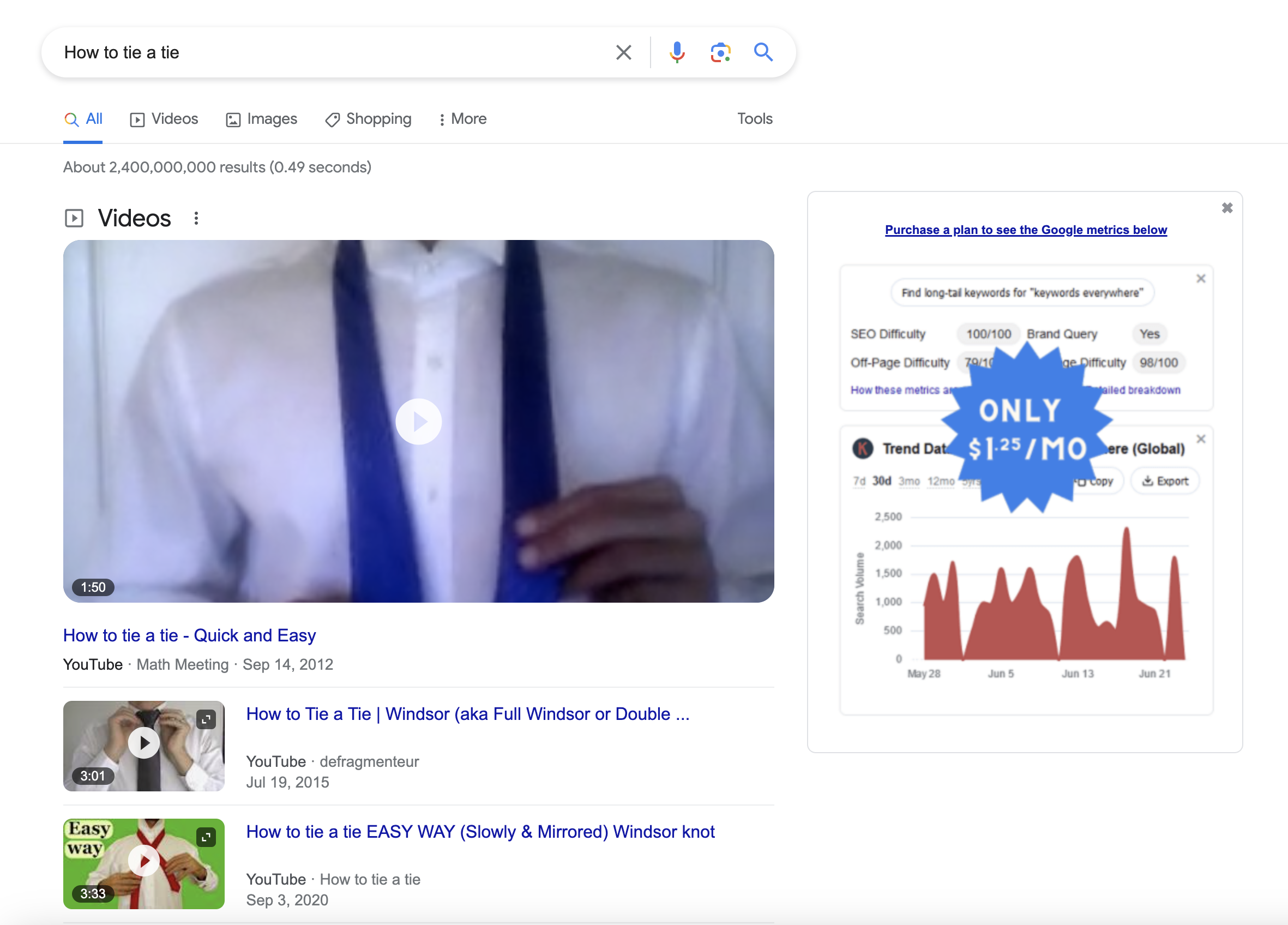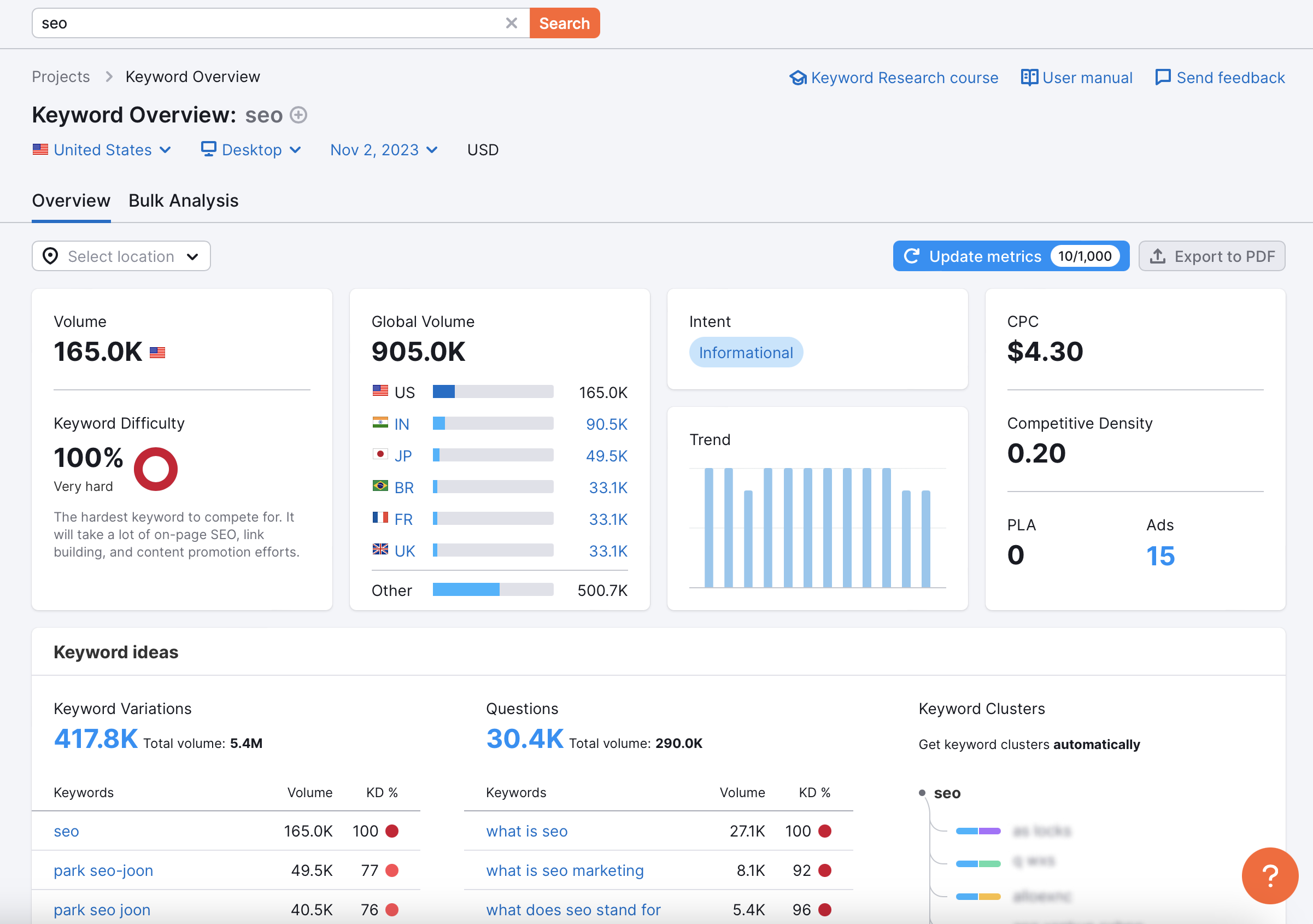Aligning Keywords for Improved Search Intent

1. Understanding Keyword Search Intent
Keyword research is a fundamental aspect of SEO, but it goes beyond simply finding popular keywords and low-competition phrases. It's not enough to target keywords based solely on their search volume or competitiveness. To truly optimize your content for search engines and users, you must consider the search intent behind those keywords.
Search intent refers to the underlying needs and intentions that users have when they perform a search query. By understanding why someone would type a specific query into the Google search bar and how they expect it to be answered, you can craft content that aligns with their expectations. Ignoring keyword intent can result in poor user experience and wasted efforts.
When users conduct searches, they are looking for something specific. They may be seeking information, looking for a particular website or page, researching products or services, or ready to make a purchase. By understanding these different types of keyword intent, you can tailor your content to meet their needs effectively.
By considering keyword search intent during your keyword research process, you can create content that directly addresses user queries and provides value. This not only improves user experience but also increases engagement and conversions on your website.
2. Types of Keyword Intent
Understanding the different types of keyword intent is essential for optimizing your content to meet user needs effectively. Here are the four main types of keyword intent:
Navigational Intent
Navigational intent occurs when users have a specific website or page in mind and use keywords to navigate directly to it. These keywords are often branded and have low intent, as users already know what they are looking for. Examples of navigational intent keywords include "Facebook login" or "Amazon Prime".

Informational Intent
Informational intent keywords are used by users who seek information or answers to their questions. These users are looking for content that provides valuable insights or educates them on a particular topic. Examples of informational intent keywords include "How to tie a tie" or "Benefits of meditation".

Commercial Intent
Commercial intent keywords indicate that users are looking for products or services but may not be ready to make an immediate purchase. These users are in the research phase and want to compare options before making a decision. Examples of commercial intent keywords include "Best laptops" or "Cheap flights to New York".
Transactional Intent
Transactional intent keywords show that users are ready to make a purchase or take a specific action. These users have done their research and are prepared to convert. Examples of transactional intent keywords include "Buy iPhone X" or "Sign up for a free trial".
Understanding these different types of keyword intent allows you to tailor your content accordingly. By aligning your content with the user's search intention, you can provide them with the most relevant information and improve their overall experience on your website.
3. Why Keyword Intent Matters in Keyword Research
Understanding keyword intent is crucial in keyword research as it has a significant impact on various aspects of your online presence. Here are three reasons why keyword intent matters:
Enhanced User Experience
By understanding search intent, you can create content that meets user expectations and provides value. When users find content that directly addresses their needs, they are more likely to engage with it, spend more time on your website, and ultimately convert into customers. Aligning your keywords with user intent enhances the overall user experience, leading to higher engagement and conversions.
Effective PPC Campaigns
Aligning keywords with intent is essential for running effective pay-per-click (PPC) campaigns. By ensuring that your ad copy and landing pages align with the search intent of your target audience, you improve ad relevance and click-through rates. This not only increases the chances of attracting qualified leads but also reduces wasted ad spend and improves campaign performance.
Targeted Content Creation
Keyword intent guides content creation by helping you address user needs and provide valuable information. By understanding what users are searching for and the type of information they seek, you can tailor your content to match their queries effectively. This targeted approach ensures that your content is relevant and valuable to users, increasing the likelihood of ranking higher in search engine results pages (SERPs) and attracting organic traffic.
Experts in the field emphasize the importance of understanding keyword intent for optimizing content and improving search engine rankings. Tim Soulo, an SEO Specialist, highlights how aligning keywords with user needs attracts more relevant traffic and increases conversions.
By considering keyword intent during your keyword research process, you can optimize your content to meet user expectations effectively. This not only enhances the user experience but also improves PPC campaign performance and drives targeted organic traffic to your website.
4. The Impact of Keyword Intent on Search Rankings
Understanding and aligning your content with keyword intent can have a significant impact on your search engine rankings. Here are three ways keyword intent influences search rankings:
Relevance to Search Queries
Google uses keyword intent as a crucial factor in determining the most relevant pages for a given search query. By aligning your content with the intent behind target keywords, you increase the chances of ranking higher in search results for those specific keywords. When your content directly addresses user needs and provides valuable information, it becomes more relevant to their search queries.
User Engagement Signals
Content that aligns with search intent tends to attract more clicks, longer time spent on page, and lower bounce rates. These user engagement signals are important indicators to search engines that your content is valuable and relevant to users' needs. When users find what they are looking for and engage with your content, it sends positive signals to search engines, potentially leading to improved rankings.
Quality Backlinks
Relevant and valuable content that aligns with keyword intent has a higher likelihood of attracting high-quality backlinks from other websites. Backlinks are an important ranking factor for search engines, as they indicate the credibility and authority of your content. When authoritative websites link back to your content because it provides value and addresses user needs, it can positively impact your search rankings.
By understanding keyword intent and optimizing your content accordingly, you increase the relevance of your pages to specific search queries. This alignment enhances user experience, improves engagement signals, and attracts quality backlinks—all factors that contribute to better search engine rankings.
5. Optimizing Content for Keyword Intent
To effectively optimize your content for keyword intent, you need to consider various factors. Here are three key strategies for optimizing your content:
Keyword Research and Analysis
Keyword research is the foundation of optimizing your content for keyword intent. Tools like Semrush can help you identify keyword intent and analyze search volumes. By understanding the intent behind your target keywords, you can create content that aligns with user needs and provides relevant information. This ensures that your content is more likely to rank higher in search results and attract the right audience.

Content Structure and Formatting
Organizing your content in a way that addresses different types of keyword intent is crucial for user experience. Use headings, bullet points, and subheadings to make your content scannable and user-friendly. This helps users quickly find the information they are looking for based on their specific search intent. By structuring your content effectively, you enhance its readability and improve engagement.
Creating Relevant and Valuable Content
Crafting content that directly answers user queries and provides valuable information is essential for optimizing it to match keyword intent. Focus on addressing the specific needs of users by providing comprehensive answers or solutions to their queries. Include relevant keywords naturally throughout your content, but avoid keyword stuffing as it can negatively impact user experience and search engine rankings.
By conducting thorough keyword research, organizing your content structure effectively, and creating valuable information that aligns with keyword intent, you can optimize your content to meet user expectations. This not only improves the relevance of your content but also enhances user experience, increases engagement, and boosts the likelihood of ranking higher in search results.
6. Aligning Keywords for Better Search Intent
Understanding keyword search intent is crucial for effective keyword research and content creation. By aligning your keywords with user needs and intentions, you can optimize your content to provide a better user experience, improve search rankings, and increase conversion rates.
When you align your keywords with the intent behind user searches, you create content that directly addresses their queries and provides valuable information. This enhances the relevance of your content and increases the chances of ranking higher in search engine results pages (SERPs). Additionally, by meeting user expectations and providing valuable insights, you can improve engagement on your website and drive more conversions.
Tools like Semrush can be invaluable in identifying keyword intent and optimizing your content accordingly. These tools provide insights into search volumes, keyword analysis, and trends that help you understand what users are looking for. By leveraging these tools effectively, you can align your keywords with intent and create content that resonates with your target audience.
In conclusion, aligning keywords with search intent is essential for successful SEO strategies. It not only improves user experience but also boosts search rankings and conversion rates. By understanding keyword intent and utilizing tools like Semrush, you can optimize your content to meet user needs effectively.
Remember, effective keyword research goes beyond finding popular keywords; it involves understanding the intentions behind those searches to craft valuable content that delivers results.
See Also
Effective B2B SEO Tactics to Reach Decision-Makers in 2024
Mastering Google Featured Snippets: A Guide to Content Optimization
Demystifying SEO: An In-Depth Guide to Search Engine Optimization
Elevate Your Search Engine Ranking with Tried and Tested Tips

